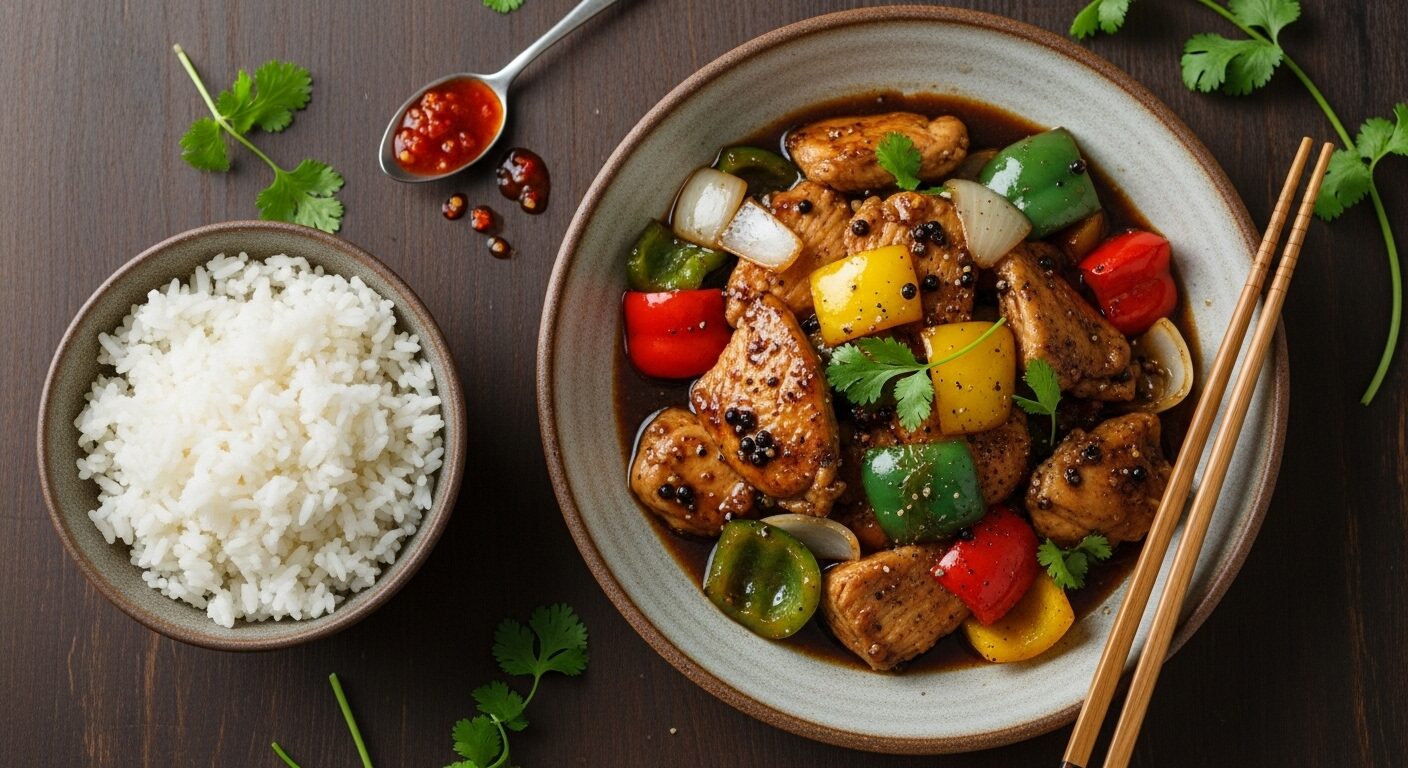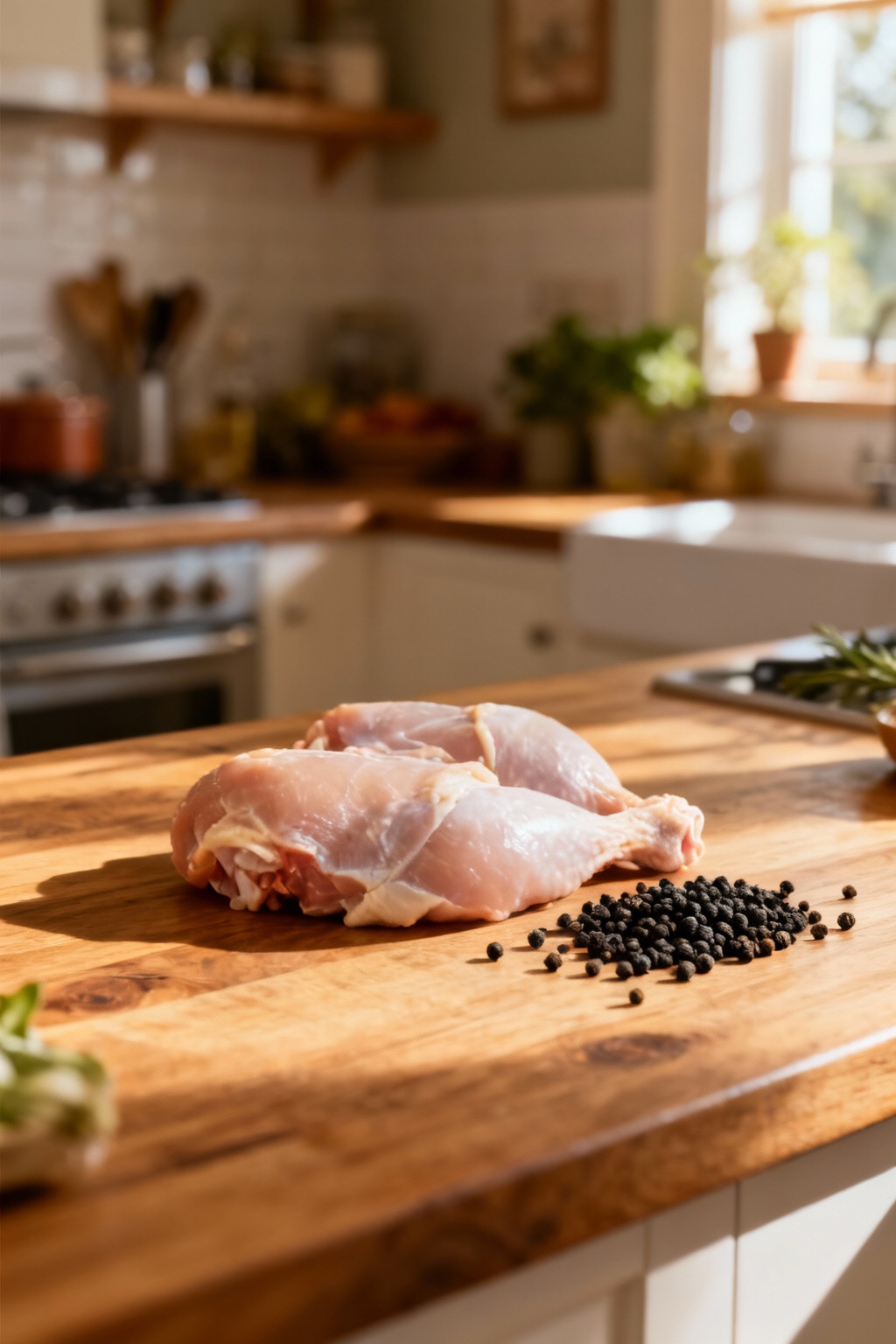Physical Address
304 North Cardinal St.
Dorchester Center, MA 02124
Physical Address
304 North Cardinal St.
Dorchester Center, MA 02124

Craving a meal that’s packed with bold flavors but easy enough for any weeknight? Black Pepper Chicken delivers a punch of spice and savory goodness without the fuss. This dish is a comforting yet exciting fusion from Singaporean-Chinese cuisine that turns simple ingredients into a mouthwatering feast.
!
Unlike complicated stir-fries that rely on countless sauces, this recipe lets freshly cracked black pepper shine as the star. The pepper lends a sharp, vibrant kick that brings the chicken and veggies to life. Rooted in a rich cultural heritage, this dish reflects a blend of traditions and innovation—making it both authentic and approachable.
Can I make this ahead and reheat?
Yes! The flavors deepen overnight, making it an excellent leftover. Store in an airtight container for up to 3 days.
Is this similar to Panda Express’ Black Pepper Chicken?
No, this version is more authentic and pepper-forward compared to the Americanized version.
Can I use chicken breast instead of thighs?
Yes, just be careful not to overcook as breast meat is leaner and dries out faster.
What’s the best black pepper to use?
Tellicherry peppercorns are ideal for their bold, complex flavor, but any whole black peppercorns work if fresh.
Why isn’t my sauce thickening properly?
Make sure your cornstarch slurry is well-mixed and added to a hot pan. Stir for at least 30 seconds to allow thickening.
Black Pepper Chicken is a shining example of how simple ingredients and technique can create extraordinary flavor. This dish elevates weeknight dinners with its peppery punch and rich history. Skip the takeout and serve up a plate that’s as satisfying as it is speedy.
Hungry for more? Dive into these 15-minute dinner recipes perfect for fast, flavorful meals. Plus, if you love to geek out over spices, don’t miss this deep dive into the science behind black pepper.
Time to spice up your kitchen with confidence and creativity!